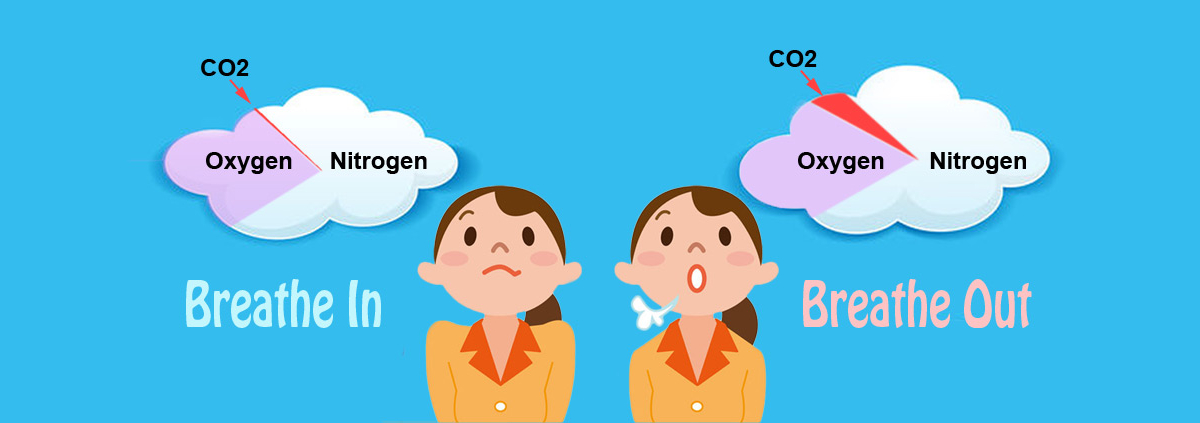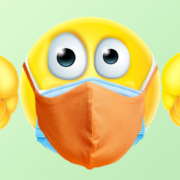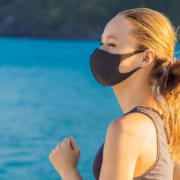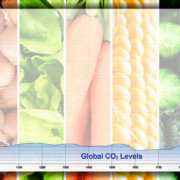The Facts About Masks
When I finished last week’s Friday Memo with “Wear the damn mask!” I knew it wouldn’t be the last of it. I spent the weekend reading the research about what masks could and could not do to limit our exposure to the COVID-19 virus. The primary goal of wearing a mask is to prevent you from spreading the virus to others. If everyone were to wear a mask, that could reduce our potential exposure in social settings.
Before I cover that, two things that seem to travel social media. First, people avoid masks because they don’t want to continually re-infect themselves. This took no research at all: if you’re infected with COVID-19 or any other respiratory virus, you’re infected. Period. You can avoid spreading it to others by wearing a mask, but you can’t reduce any hazard to yourself because you already have the infection. If you aren’t carrying the virus, you can’t infect yourself by breathing into your own mask. That should be pretty clear.
Second, people are concerned that the carbon dioxide levels building up in the mask, but it’s not as simple as oxygen in and carbon dioxide out. The air you breathe in is 21% oxygen and 0.4% CO2 and what you breathe out is 16% oxygen and about 4% CO2. The rest is nitrogen. Due to the proximity of your nose and mouth to the mask, there’s limited exposure to CO2; if there were a significant amount of room for the carbon dioxide to build up with no air flow within the mask, that could be an issue. In a human breathing normally, the air will constantly change to high oxygen and low carbon dioxide.
We’ll take a look at mask materials on Thursday; what is best?
What are you prepared to do today?









